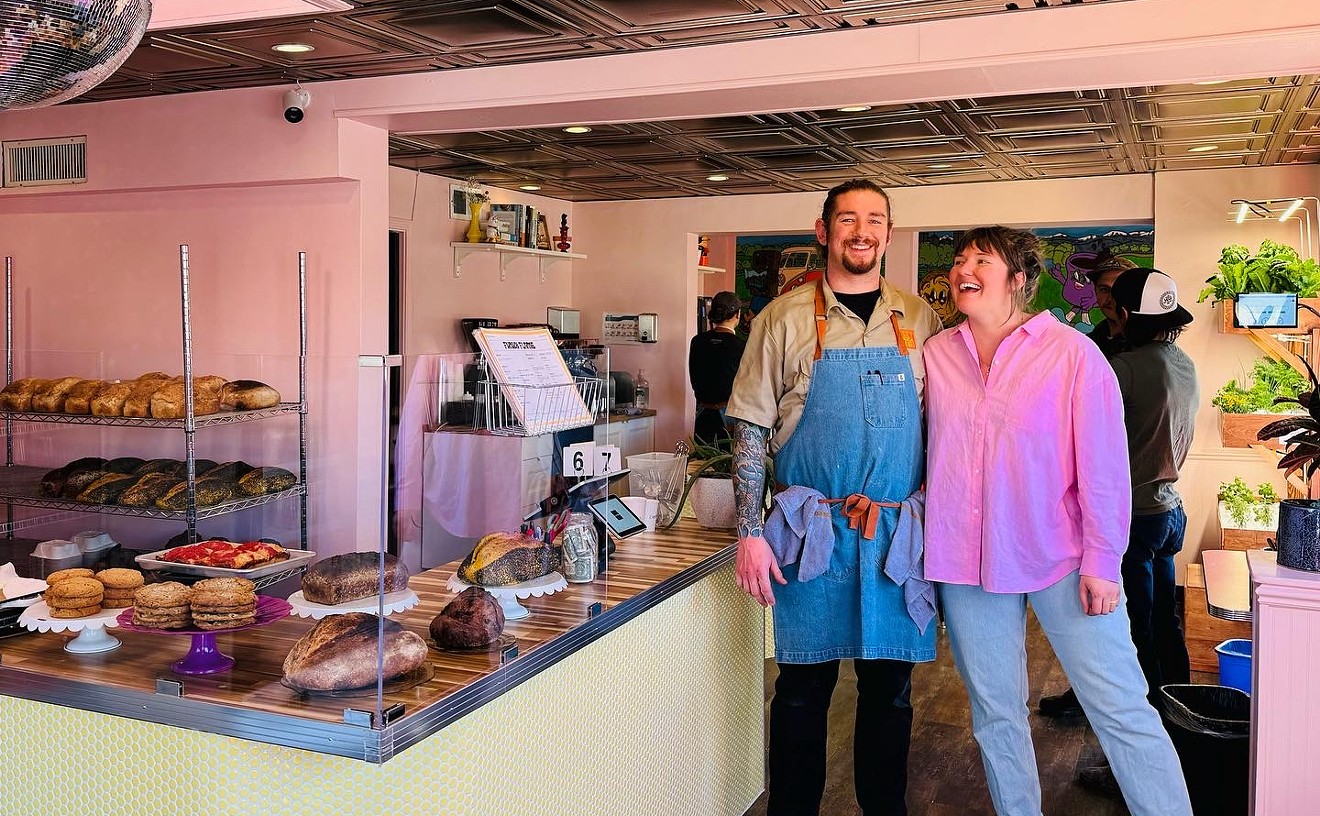After overhearing this from a nearby diner during a recent restaurant meal, followed immediately by the withering response, "Seriously? A chardonnay?" from said diner's snarky companion, we realized that chardonnay still has a bullshit reputation.
We've absolutely had it with hearing people gripe about how chardonnay is officially The Worst Wine In The World, all the while being likely incapable of correctly picking one out of a blind tasting line up. But instead of taking a tough love approach, we're ready to forgive you for your intolerance and forget all those hurtful things you've said about one of the most vaunted grape varieties in the history of winemaking. Instead, we'll bestow upon you the the gift of knowledge: a brief review of key chardonnay facts, followed by our picks for seven of the best chards you'll wish you'd been drinking -- instead of kvetching about -- all this time.
It's a noble grape: Once upon a time, in a land far, far away, chardonnay was deemed one of the six original 'noble grape' varieties (of which three are white). So what does that even mean? This designation has been used for hundreds of years, to identify grapes which can be counted upon to produce the finest wines in the world -- with the emphasis in that sentence placed firmly on "in the world." Chardonnay is famous for its hardy constitution and its ability to shape-shift into everything from a lean, mean mineral-driven Chablis to the voluptuous sex bomb-of-a-wine you might find in Napa. Earning the title of noble grape is just another way of saying that pretty much anywhere on the planet this variety is planted, it has the potential to develop into a mind-blowing wine.
Not all chardonnays are oaky: This seems to be most people's principle beef with these wines, which is actually kinda crazy, considering how many see little to no oak treatment. Unoaked chards showcase the bright, crisp flavor profiles classically associated with the variety (and also tend to get props for their more quaffable, food-friendly style). Having said that, what do we need to do to convince you that "oaky" doesn't have to be a bad word? Oak plays an important part in building chardonnays that can go the distance in terms of aging -- and in providing a much-needed structural backbone to make these wines ideal for pairing with foods like smoked chicken wings or cedar-planked Alaskan salmon.
There's a big difference between "oaky" and "buttery": These two terms are often used interchangeably, when in fact they refer to distinctly different aspects of the winemaking process and consequently, the wine that ends up in your glass. Oaky characteristics are imparted to chardonnay wines via their time spent aging in (most commonly) either French or American oak barrels and usually show up on your palate in the form of toast, caramel, nut (think almond or hazelnut) or warm spice (i.e., vanilla, cinnamon, ginger) flavors. Buttery chards are those wines that seem to serve up all kinds of rich, creamy goodness and are often the by-product of a vinification technique called malolactic fermentation. While it's true that some chardonnays are both oaky and buttery, what most definitely is not true is that they always make for cloying, heavy-handed wines that deserve universal scorn. Still hatin'? Try sipping a glass with a some butter-poached lobster or a platter of pasta carbonara and get back to us.
Place matters: Let's move on to the most important order of business: helping you to find and consume the most delicious chardonnay wines you've ever tasted. Because the question really isn't whether you should drink these wines, it's figuring out which style of chardonnay is right for your particular palate. Start by asking yourself what kinds of wines you typically gravitate toward, and then hunt down the chards that will deliver familiar taste sensations. If you tend to order refreshing, citrusy whites like pinot grigio or albariño, seek out chardonnays from cooler climates like Burgundy, New Zealand or Washington State that don't see oak or malolactic fermentation. Many Champagnes or other sparkling wines would be right up your alley, too -- just look for the words 'blanc de blanc' on the label, which means that you'll be popping a bottle of 100 percent chardonnay-based wine. Contrastingly, if you're someone who prefers juicy, fruity whites such as riesling or chenin blanc, check out chards from Chile (yep, there are Chilean chards) or Santa Barbara's Santa Rita Hills AVA. Finally, if you're all about big-bodied reds or lush, fragrant whites like viognier, own the fact that you're liable to crave oaky and/or buttery chards and head directly to your wine mecca: Napa Valley.
Ready to kick start (or re-ignite) your love affair with chardonnay? Pick the style that's right for you and then score the appropriate kick-ass bottles:
Crisp and bright: Gruet Brut Sparkling NV ($13): Classic, biscuit-y Champagne flavor, beer budget.
Apaltagua Chardonnay Reserva 2011 ($11): Loads of tangy grapefruit and zesty lemon. Ridiculously guzzle-worthy.
Domaine de la Collonge Macon-Fuissé 2010 ($20): What Burgundy tastes like: Refreshing acidity, then crisp apple and limestone-based minerality.
Juicy and fruity: Buried Cane Columbia Valley Chardonnay 2009 ($13): From Washington State, this wine sees zero oak. Full of fresh pineapple and lemon curd juiciness.
Whitewater Hill "No Oak" Grand Valley Chardonnay 2009 ($14): As the name states, no oak, and also no malolactic fermentation. Lively green apple, pineapple and kiwi flavors. Bonus: It's from Colorado.
Oaky and proud of it: Wild Horse Vineyards Central Coast Chardonnay 2010 ($16): Single vineyard fruit, light oak and lovely stone fruits like peach and nectarine.
Verum Patagonia Chardonnay 2009 ($15): Oak is definitely there, but it's still lively and fresh. Fruity pineapple core followed by fragrant vanilla.
Find Swirl Girl @swirlgirldenver and on facebook










